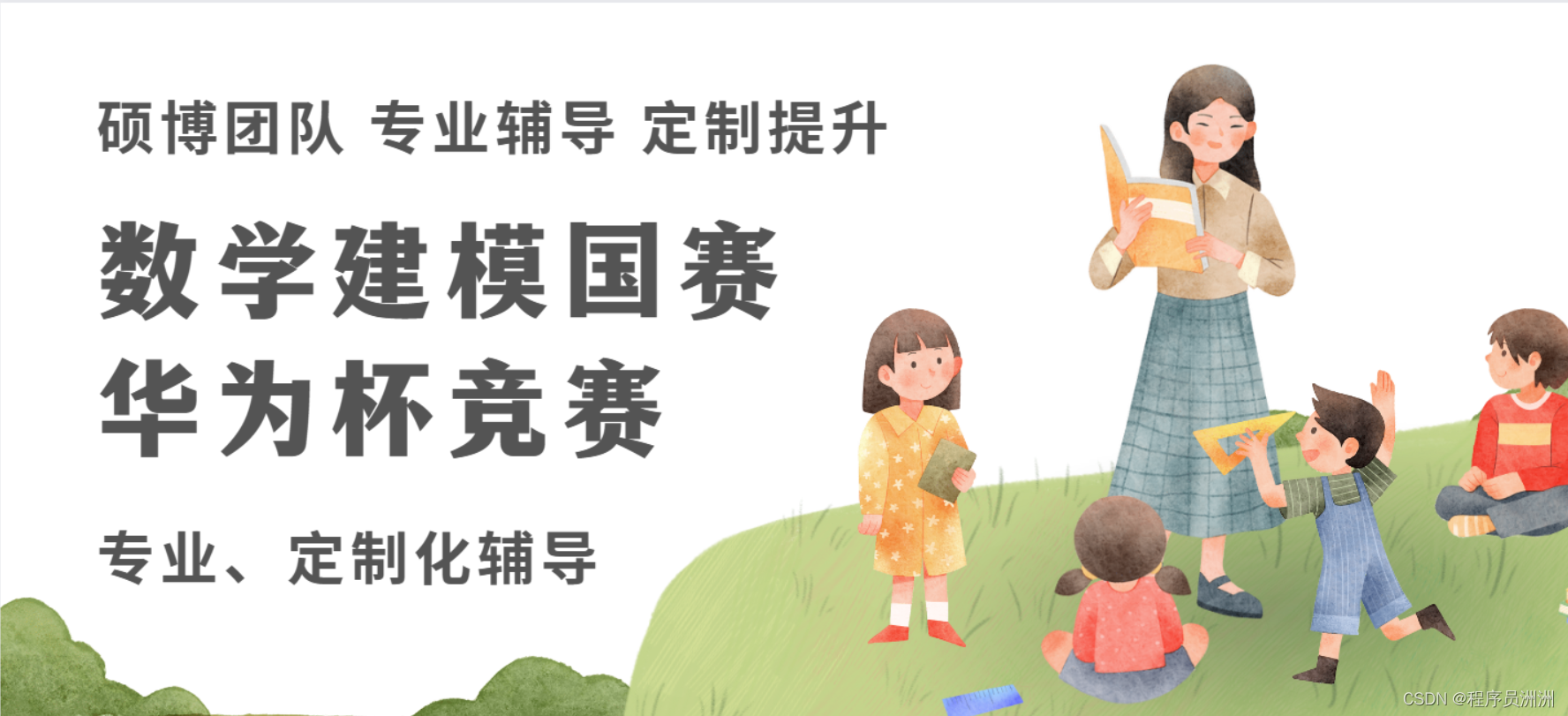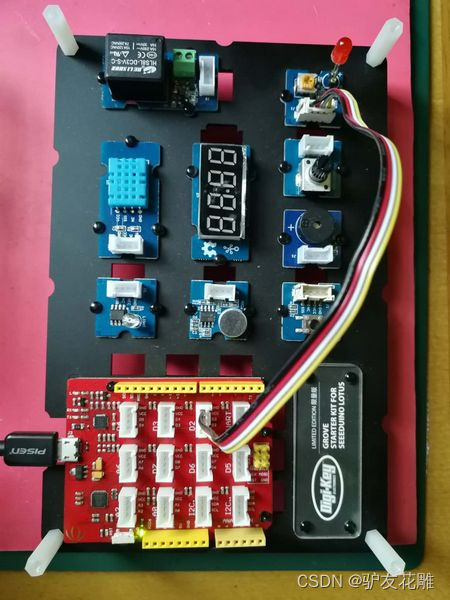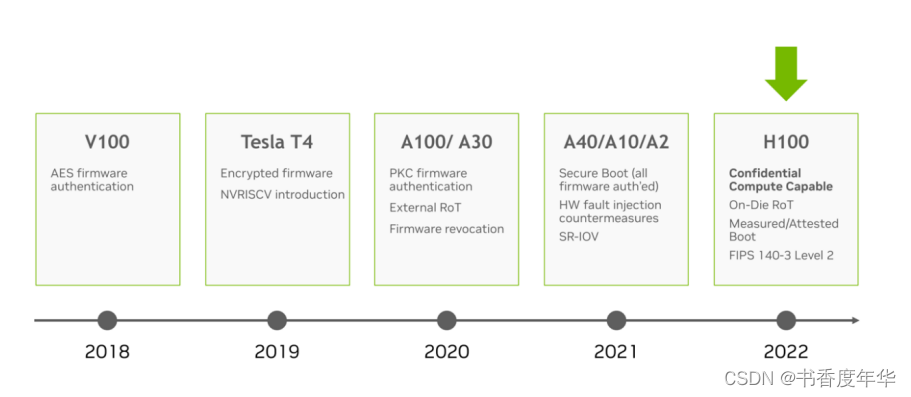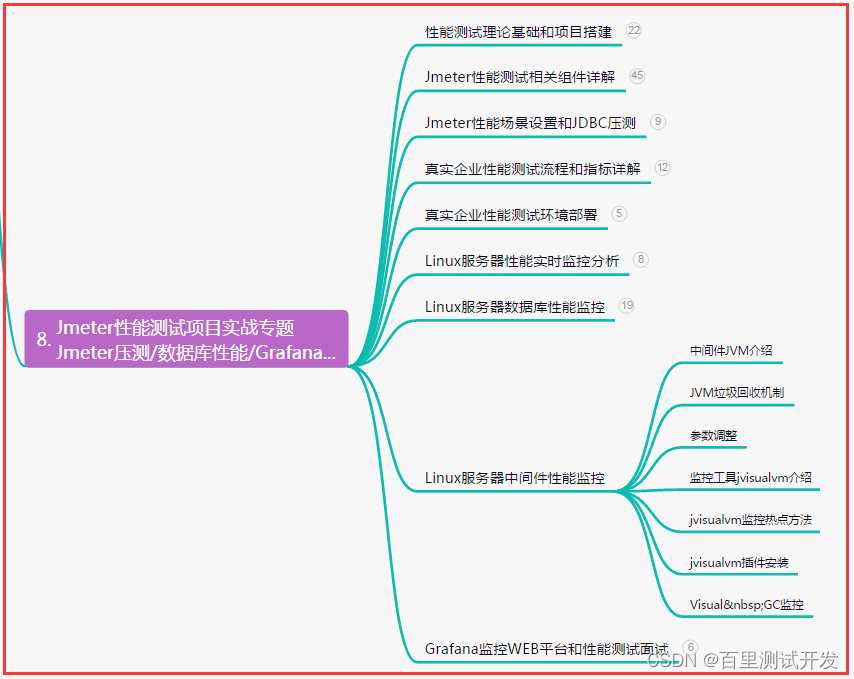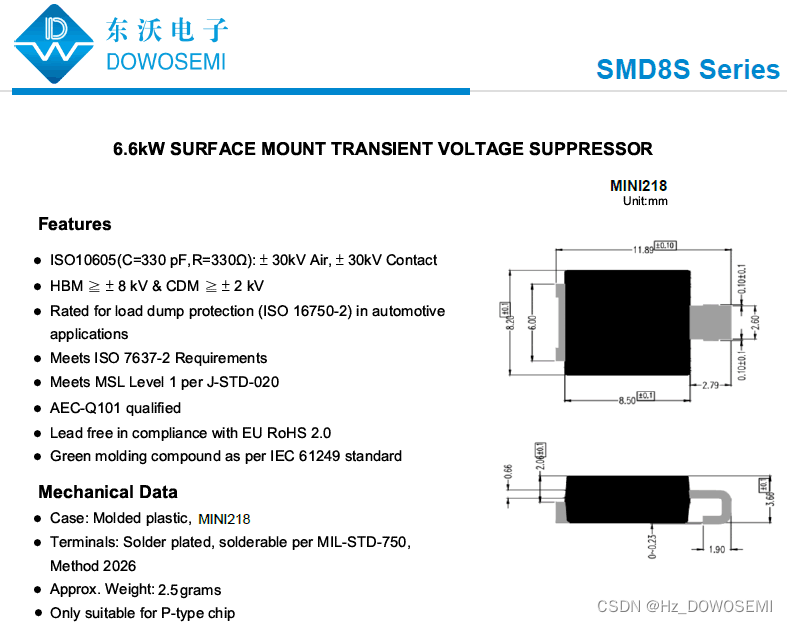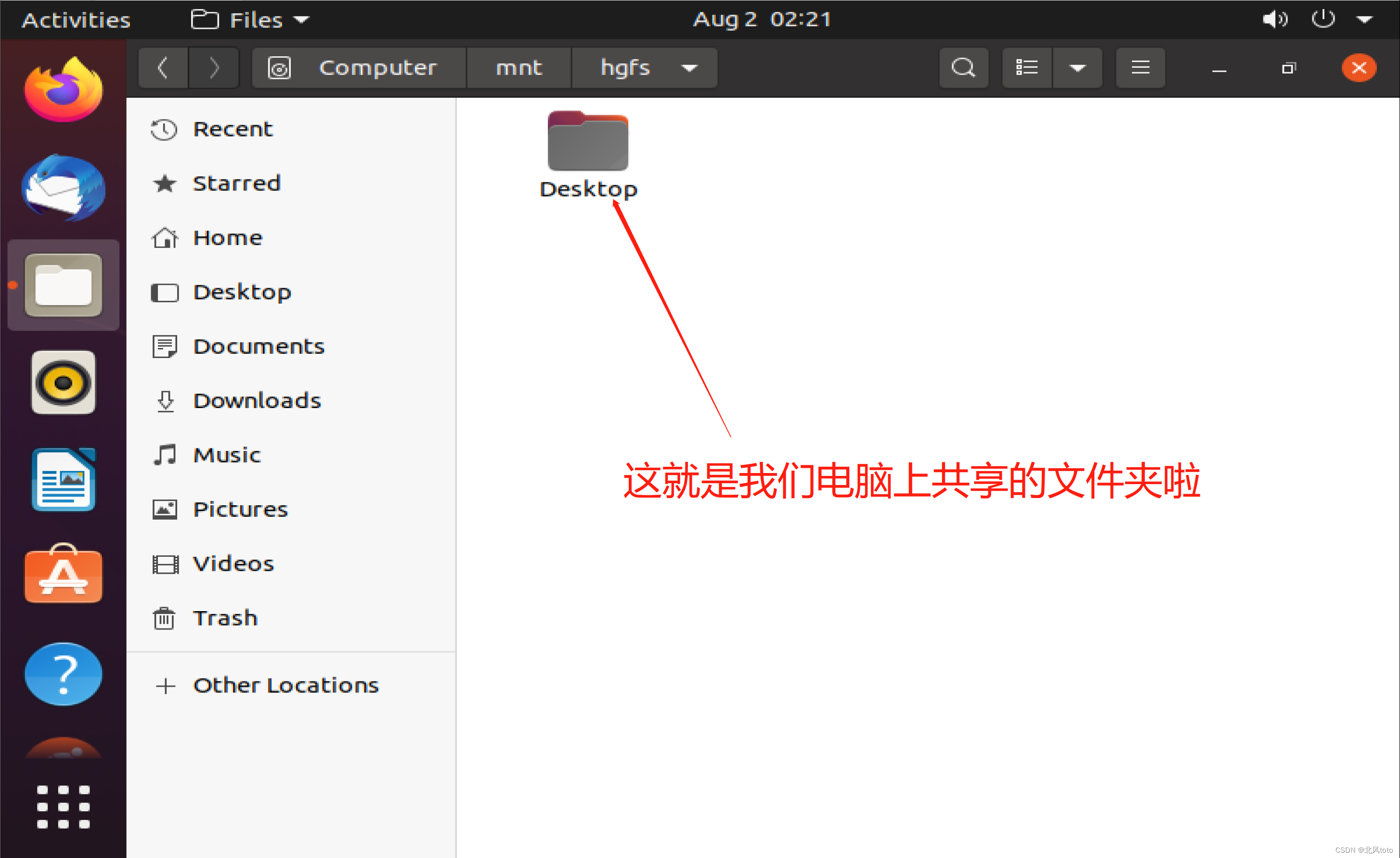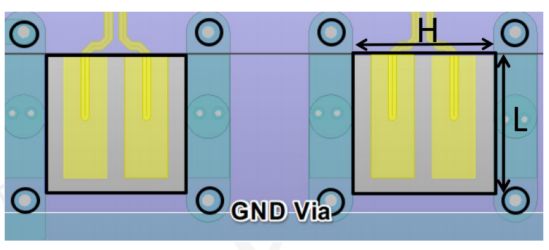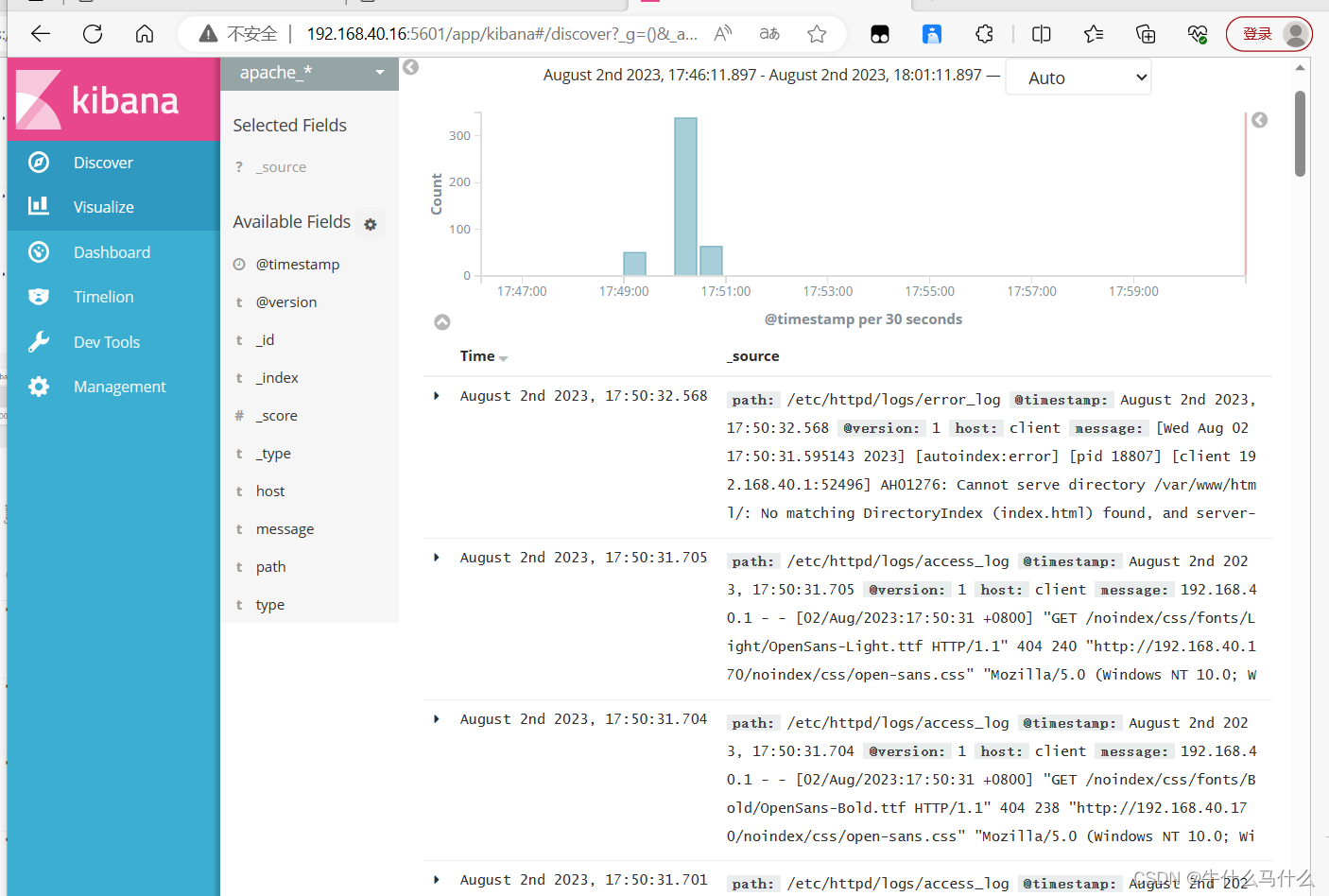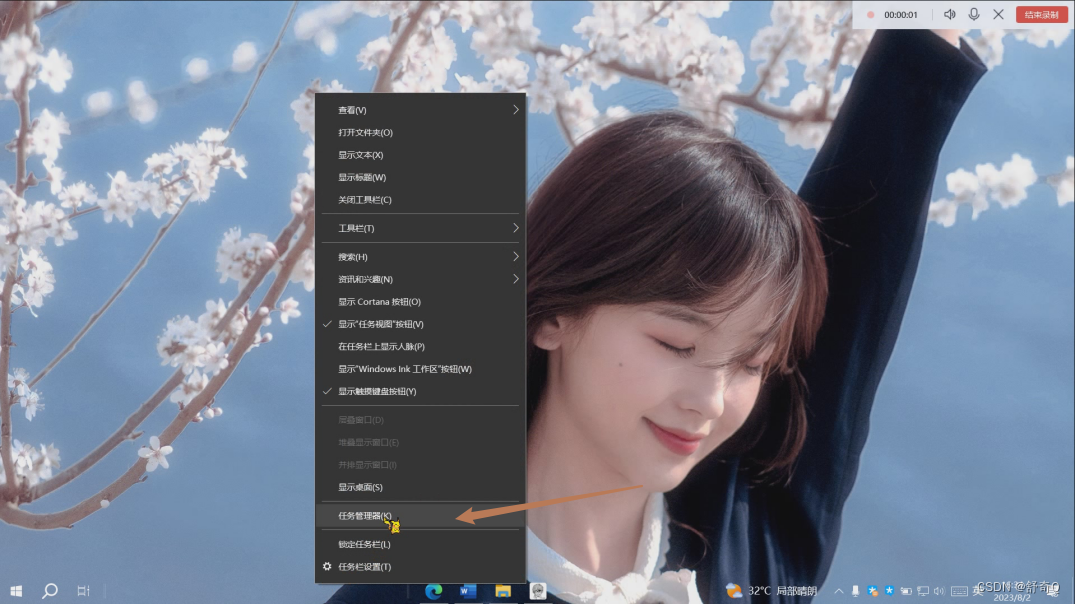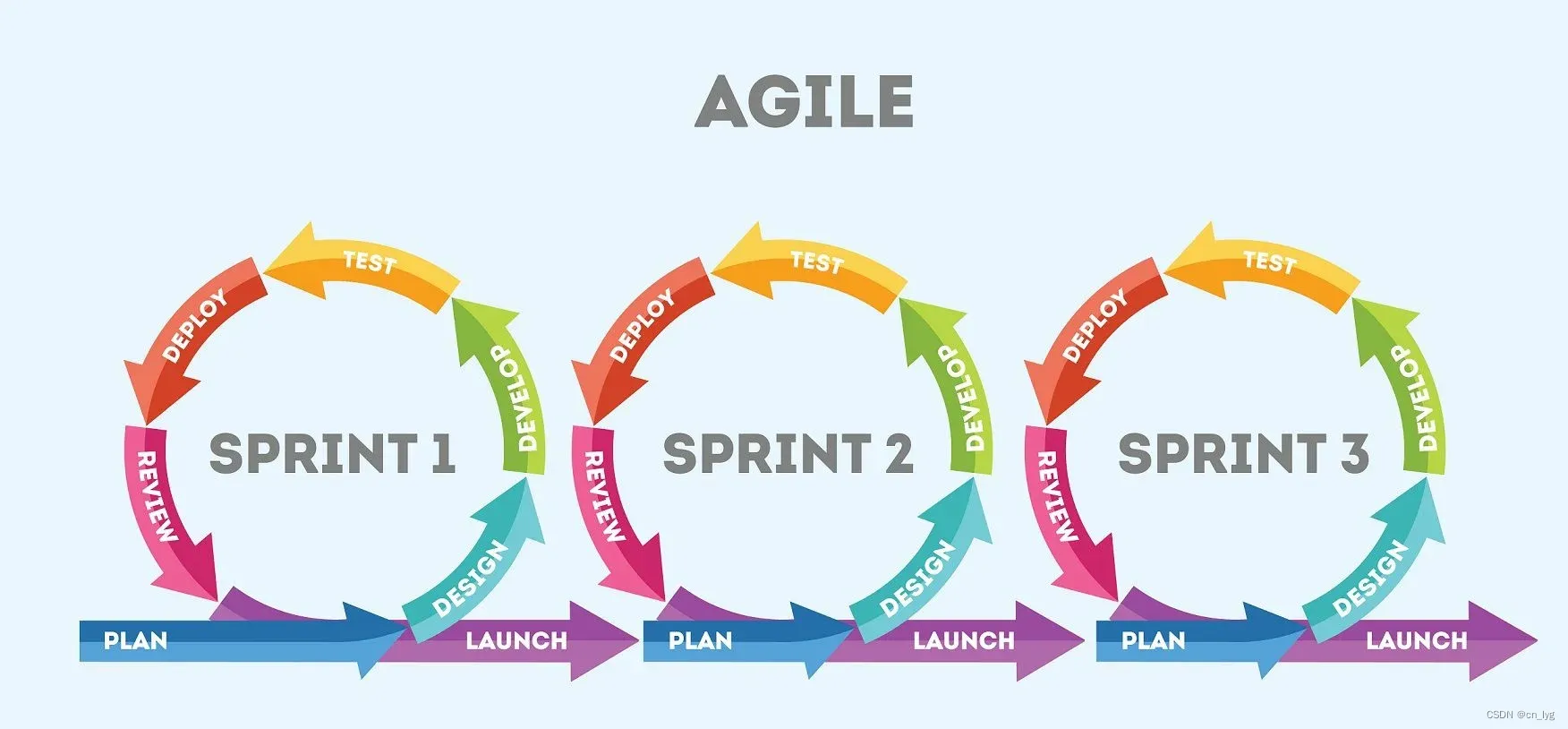
Agile在管理中越来越受推崇,最初是由于传统的软件开发管理方式(瀑布模型)面对日益复杂的需求,无法Delivery令人满意的结果,经过总结探索,2001年,由行业代表在一次聚会中提出Agile敏捷mainfesto,事实上也这只是一个mindset,后面又有各种对Agile的探索,其中Jira的SCUM 就是其中一个最佳实践。
我们的Agile宣言的几个核心原则如下:
- Our highest priority is to satisfy the customer through early and continuous delivery of valuable software.
- 我们的首要任务是通过尽早持续交付有价值的软件来满足客户的需求。
- Welcome changing requirements, even late in development. Agile processes harness change for the customer's competitive advantage.
- 欢迎不断变化的需求,即使是在开发后期。敏捷流程利用变化来获得客户的竞争优势。
- Deliver working software frequently, from a couple of weeks to a couple of months, with a preference to the shorter timescale.
- 频繁地交付工作软件,从几周到几个月不等,优先考虑较短的时间范围。
- Business people and developers must work together daily throughout the project.
- 业务人员和开发人员必须在整个项目中每天一起工作。
- Build projects around motivated individuals. Give them the environment and support they need, and trust them to get the job done.
- 围绕有积极性的个人构建项目。为他们提供所需的环境和支持,并相信他们能够完成工作。
- The most efficient and effective method of conveying information to and within a development team is face-to-face conversation.
- 向开发团队以及在开发团队内部传达信息的最高效、最有效的方法是面对面的对话。
- Working software is the primary measure of progress.
- 可用的软件是衡量进度的主要标准。
- Agile processes promote sustainable development. The sponsors, developers, and users should be able to maintain a constant pace indefinitely.
- 敏捷流程促进可持续发展。赞助商、开发者和用户应该能够无限期地保持恒定的步伐。
- Continuous attention to technical excellence and good design enhances agility.
- 持续关注卓越技术和良好设计可以增强敏捷性。
- Simplicity--the art of maximizing the amount of work not done--is essential.
- 简单性——最大限度地减少未完成工作量的艺术——至关重要。
- The best architectures, requirements, and designs emerge from self-organizing teams.
- 最好的架构、需求和设计来自自组织团队。
- At regular intervals, the team reflects on how to become more effective, then tunes and adjusts its behavior accordingly.
- 团队会定期反思如何提高效率,然后相应地调整其行为。

